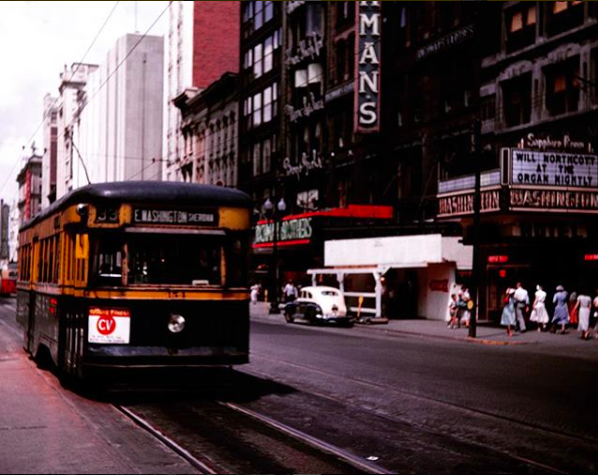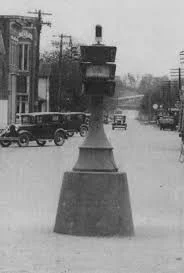Historic rail from Indianapolis’ well-known streetcar system has been awarded to the nonprofit Hoosier Heartland Trolley Company through a collaborative effort amongst Midtown Indy, the Arts Council of Indianapolis and IndyGo. The rail from College Avenue once carried the company’s Indianapolis Railways streetcar No. 153, which is the last one known in existence.
Historic interurban No. 429 to operate at Headwaters Junction in Fort Wayne
Hoosier Heartland Trolley Company and Headwaters Junction, Inc. announced today their intent to operate one of the Company’s historic interurbans, No. 429, as a part of Headwaters Junction’s growing fleet of attractions. The 429 once frequented Fort Wayne in the 1920s and 30s, shuttling passengers throughout the state in the era before the highway system.
How Adaptive Reuse and Hoosier Passion Preserved Railway Heritage
So, what does a gravel pit office, tire shed, house, an outdoor cabin and a helicopter ride have in common?
-A captivating story full of twists and turns, legendary artifacts from Indiana’s past, and forward-thinking Hoosiers that have worked tirelessly across generations to preserve our world-renowned electric railway heritage.
Nonprofit announces capital campaign to revive one of Indiana’s world-famous interurban railcars
As of 4:29 p.m. on 4/29/2019, a group of young preservationists are pleased to announce the Electrify 429 capital campaign. Electrify 429 is a project of the Hoosier Heartland Trolley Co. to restore Indiana Union Traction Company No. 429 to operation – one of the last remaining interurbans from Indiana’s world-famous electric railroad system of the early 20th century.
Carrying the Torch Forward – Preserving Our Electric Railway Heritage
With the interurban system dissolving in 1941 and streetcar systems converting to buses in the 1950s, many alive today do not remember nor even know the state had one of the world’s greatest transportation networks. In the 1920s, the electric railway system peaked with more than 15,000 operating trolleys and more than 2 million passengers in a year. Cars would depart the traction terminal in Indianapolis (trolley station) nearly every minute for destinations across the state, once passing the steps of the Indiana Statehouse. With the conclusion of the Golden Age of railroading in America, began the railway preservation movement.
Sparking Innovation – Electrifying Indiana’s First Traffic Light
Leslie Haines was born in 1883 in rural Hamilton County, Ind. at Carmel, which numbered less than 400 residents at the time. Following his dream, Haines enlisted in 1906 and circumnavigated the globe in Roosevelt’s Great White Fleet, training under Dr. Lee DeForest, a leader in the development of wireless technology. Meanwhile, the Union Traction Company of Indiana had set up shop in Carmel, allowing Carmel residents and storeowners to tap into a valuable new asset: electricity.
Desiring a Better Life - Sparking Opportunity
The level of service delivered by the interurban companies opened up business and educational opportunities to Indiana’s rural citizens during the early 1900s. Rufus Thomas was one of those Hoosiers - sparking a future of opportunity through the interurban system that had never been an option for him.
Bracing for the Automobile – Electric’s “One Man” Program
In 1935, Indiana Railroad, which was the dominating interurban (high-speed electric train car between cities) route resulting from the acquisition of nearly every interurban line in Central Indiana, was looking for ways to cut costs and standardize equipment. Competition from automobiles and busses were injuring the interurban line’s finances, as the personalization and ease of these modes of transportation had great appeal.








